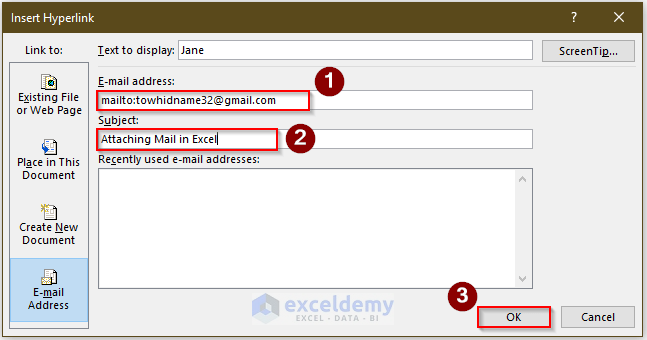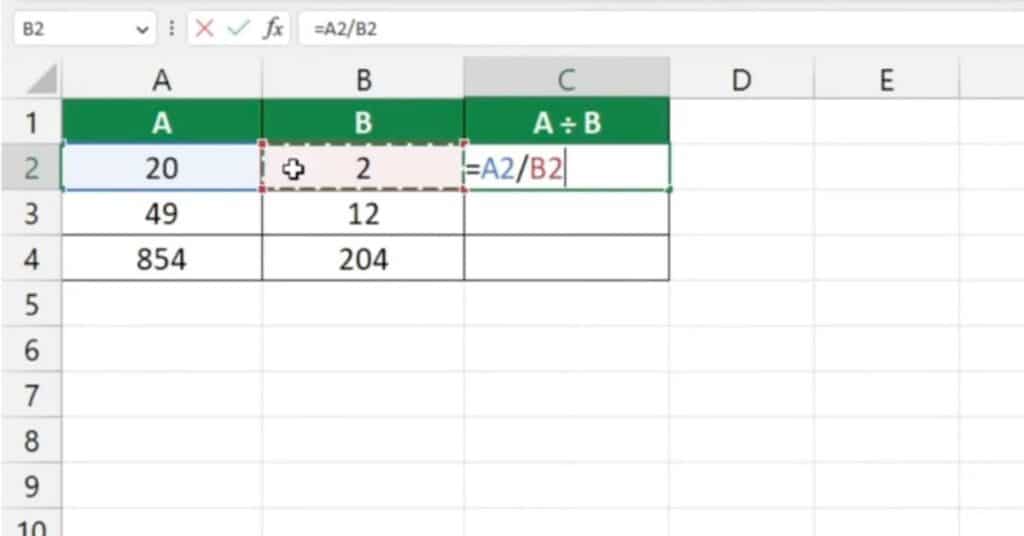5 Ways Government Officials Streamline Paperwork

The intricate web of bureaucracy often involves vast amounts of paperwork, which can slow down government operations and frustrate citizens. However, by adopting smart strategies and leveraging technology, government officials can significantly streamline their workflows. Here are five effective ways they can achieve this:
1. Digital Transformation

One of the most transformative steps towards reducing paperwork is transitioning to digital records. Here’s how officials can make this transition:
- Electronic Document Management Systems (EDMS): Implement systems designed to manage digital documents, reduce paper usage, and enhance retrieval speed.
- Cloud Storage: Utilize cloud solutions for file storage, providing easier access and collaboration capabilities.
- e-Filing Systems: Introduce systems for filing documents electronically, which reduces physical space requirements and paper usage.
By moving towards digital transformation, officials can not only cut down on physical storage needs but also:
- Increase accessibility for remote work.
- Reduce time spent on manual data entry.
- Lower the environmental impact of paper use.
2. Standardization and Forms

Standardization in documentation can simplify processes and minimize errors:
- Pre-filled Forms: Use forms that auto-populate from existing databases, reducing the need for manual entry.
- Unified Templates: Develop standard templates for common documents to ensure consistency.
- Checklists and Standard Operating Procedures (SOPs): Implement checklists and SOPs to guide officials in processing paperwork correctly and efficiently.
A well-defined approach to standardization:
- Streamlines the processing of documents.
- Reduces training time for new staff.
- Minimizes errors, thereby reducing the need for revisiting documents.
⚠️ Note: Ensure any standardized forms and templates are compliant with legal requirements and accessibility standards.
3. Automation of Repetitive Tasks

Automation tools can take over time-consuming, repetitive tasks:
- Workflow Automation: Use tools like Robotic Process Automation (RPA) for automated document routing and processing.
- Data Entry Automation: Implement Optical Character Recognition (OCR) for automatic data extraction from paper documents.
- AI and Machine Learning: Employ AI for tasks like sorting documents, categorizing them, and even decision-making based on historical data.
This approach helps to:
- Reduce human error.
- Increase throughput.
- Free up staff time for more strategic tasks.
4. Interagency Cooperation and Data Sharing

When different government bodies share data effectively, paperwork is drastically reduced:
- Data Sharing Agreements: Formalize agreements to share information, reducing redundancy in information collection.
- Unified Databases: Establish databases accessible by various agencies to avoid duplicate data entries.
- API Integration: Use APIs to ensure seamless data flow between different government systems.
This cooperative approach:
- Prevents duplication of effort.
- Expedites service delivery.
- Enhances overall government transparency.
5. Training and Cultural Shift

One of the most overlooked aspects of streamlining paperwork is the human element:
- Continuous Education: Regular training sessions to keep staff up-to-date with the latest tools and procedures.
- Culture of Efficiency: Foster an organizational culture that values efficiency, with incentives for reducing unnecessary paperwork.
- Empowerment through Technology: Provide staff with the technology and training to use these tools effectively.
This strategy:
- Encourages adoption of new practices.
- Reduces resistance to change.
- Promotes innovation within the government workforce.
By implementing these five strategies, government officials can significantly reduce the burden of paperwork, leading to more efficient operations, faster service delivery, and an overall improved experience for both citizens and employees. The key is a blend of technological innovation, inter-agency cooperation, standardization, and a cultural shift towards efficiency.
What is the environmental impact of reducing paper usage in government offices?

+
The environmental benefits of reducing paper use in government offices include less deforestation, lower carbon emissions from paper production, and reduced waste from disposal.
Can digital records be as secure as physical documents?

+
With modern encryption and cybersecurity measures, digital records can often be more secure than physical documents, as they can be protected against physical damage, theft, and unauthorized access.
How can government officials ensure legal compliance when moving to digital transformation?

+
Officials must ensure that digital systems comply with data protection regulations, have robust digital signatures for authenticity, and adhere to any legal requirements for document retention and accessibility.



